Many of us are entering the new decade with a sense of urgency as well as possibility. Whilst we know more and more about the global threats to society and the environment, we are increasingly made aware of the opportunities to actively contribute to positive change.
This awareness is reflected in the way that we consume (33% of consumers are choosing to buy from socially and/or environmentally responsible organisations) and invest (socially responsible investment products have increased from $2.83 billion in 2015 to $17.67 billion in 2019). Businesses and their investors are now under increasing pressure to be transparent about their activities – and ultimately their impact on the world we live in.
Generally accepted measurement methodologies allow businesses to report on their performance in a way that is consistent and allows for comparison within the market – this forms the basis of financial accounting. But when it comes to impact, there is no such consensus for measurement and reporting, leaving businesses in the dark about how they might achieve transparency. Instead, we’re left with an array of propriety approaches that are trying to solve for this gap, but do not always give the complete picture (in many cases, impact is only assessed in terms of the number of affected stakeholders, leaving out other considerations such as the level of the outcome, the duration of the outcome and the degree of change in the outcome occurring). The lack of available impact data is stark: whilst 71% of FTSE 100 companies describe how their activities are linked to sustainability, just 31% disclose their social and/or environmental impacts.
Fortunately, businesses are coming together under a common view that impact needs to be measured completely and consistently, helping all organisations to understand what and how to measure, as well as how to reduce negative impacts and increase positive impacts (otherwise known as “impact management”). The Impact Management Project (IMP) launched in 2016 and focused initially on building a community of over 2,000 practitioners globally, ranging from companies and investors, to social scientists and development experts, to policymakers. The first deliverable was a shared definition of “impact” and the related types of data required for measurement and disclosure. The resulting norms (summarised below) provide a set of shared fundamentals that can be used to guide any enterprise or investor as they look at all of their impacts on people on the planet.
The norms established by the IMP
- Five dimensions of impact: Everything we do has impacts on people and the planet. To understand any impact, we need to understand five dimensions of performance: What, Who, How Much, Contribution and Risk.
- Fifteen impact data categories: To understand performance on each dimension, we need to measure and report specific types of data.
- The ABC of impact: Data across each dimension and data category can be used to assess a business as “Acting to avoid harm”, “Benefitting stakeholders”, or “Contributing to solutions”.
- The investor’s contribution: Investors can contribute to the impact of its enterprise (or portfolio of enterprises) by using one or more of four types of strategies: 1) Signal that impact matters, 2) Engage actively, 3) Grown new or undersupplied capital markets, 4) Provide flexibility on risk-adjusted return.
- Impact classes: Impact classes can be used to describe and match the intentions and capabilities of different investors, by assessing the ABC of their underlying asset(s) along with the investor’s own contribution to impact.
Building on these efforts, in 2018, the IMP began facilitating the IMP Structured Network: an unprecedented collaboration of 13 standard-setting organisations, who are coordinating efforts to achieve a shared vision of global, generally accepted standards for measuring and managing social and environmental performance for all enterprises and investors.
Increasing consciousness and collaborative action are driving a new wave of accountability that applies to all types of businesses, no matter their purpose or model. By applying consensus-led guidance, we can all understand more about our positive and negative impacts – and use this knowledge to drive benefits for people and the planet.
The IMP Practitioner Community welcomes any organisation who applies the IMP’s guidance to their impact measurement, management and reporting processes. Consult the IMP website for more guidance – and join a growing community of organisations debating technical topics related to impact through Managing Impact, the online discussion forum.










